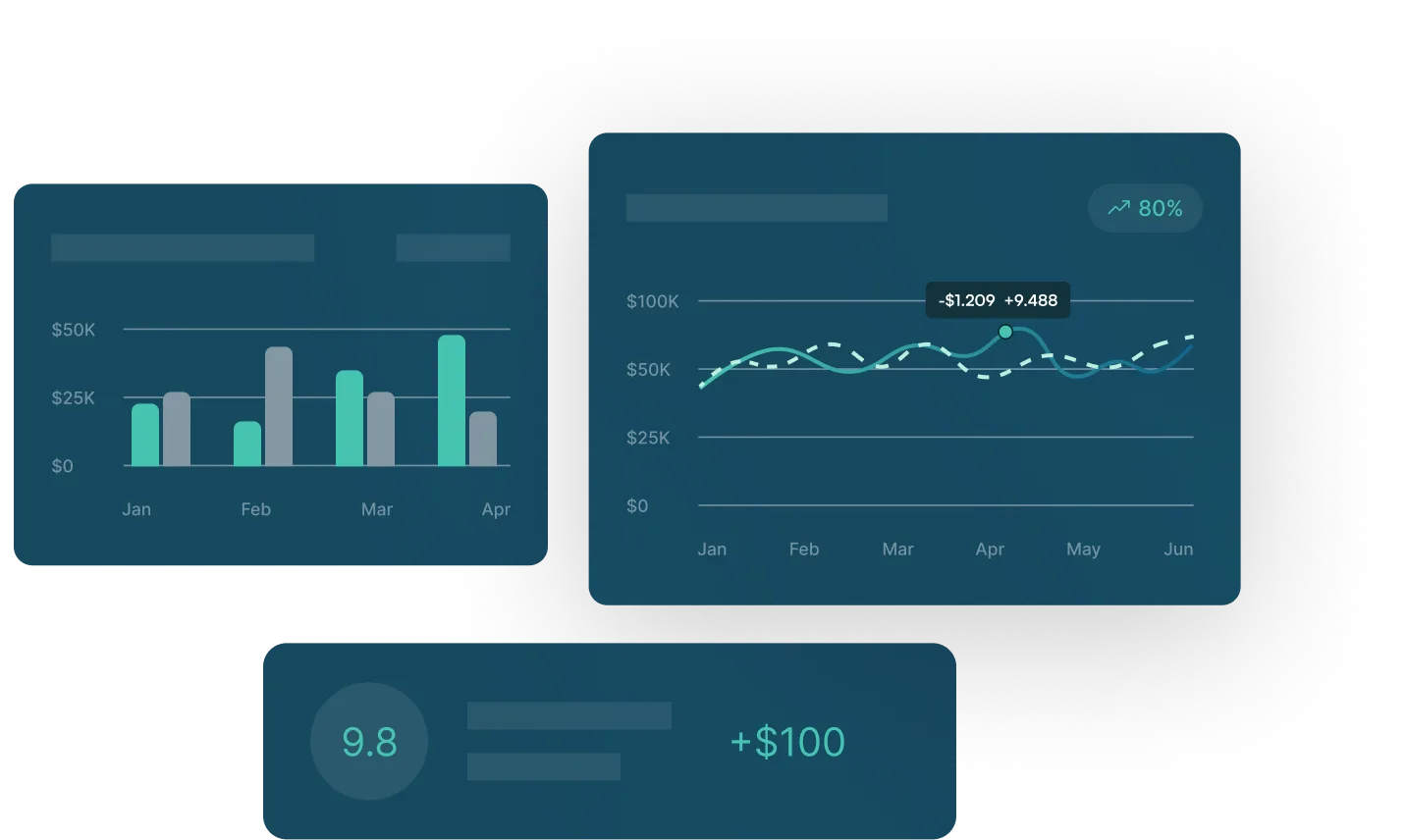Protecting Margins on Foreign Sales: Dollars vs. Percent


Many companies protect margins from changes in foreign currency rates by using special Cash Flow hedge accounting strategies.
But when subsidiaries transact in foreign currencies, the functional currency of that subsidiary impacts the ability to hedge margin risk is several ways.
Sometimes, circumstances allow for margin dollar protection — meaning the number of dollars expected in income are recorded in USD at the hedged rate. Other circumstances result in only the ability to protect the margin percentage.
So, while the dollars won’t meet expected results, the margin percentage will match expectations. It sounds strange to have these two different results, but, unlike dollar functional entities, local currency entities may need to make a choice on what financial measure to protect.
Singapore Subsidiary Case
Let’s take a look at an example. Suppose a U.S. company has an SGD functional subsidiary that sells in both USD and SGD. Its expenses are 100% Singapore dollar-denominated.
The company has two options to consider.
- Protect margin percentage (Fix a predictable operating margin)
- Fix net income in USD (Fix the USD operating income in USD, regardless of the resulting margin percentage)
While USD functional entities can achieve both of these objectives, the foreign subsidiary will need to pick one.
How It’s Done
Protecting Margin Percent
Let’s assume the foreign subsidiary has a portion of its sales in USD and a portion in SGD. Expenses are in SGD.
This profile allows the subsidiary to hedge its USD revenue into SGD. Assuming the company’s forecast is correct, the margin percentage in both SGD and USD will be fixed by turning all USD revenue into SGD. If the subsidiary was projecting a 30% operating margin, it could achieve that by using this hedge strategy. The USD value of that SGD results will reflect the exchange rates in the period of revenue/COGS recognition; however, the margin percentage will remain fixed.
Protecting Margin Dollars
Under the same circumstances, the subsidiary may want to lock down USD operating income regardless of the margin percentage. Companies measured on earnings results might prefer this strategy when margins are robust.
To do this, the company will need to be a little more creative in its hedge strategy. For them to hedge USD income, the subsidiary will have to calculate its net forecasted SGD position. They would take SGD revenue less SGD expenses to arrive at its net SGD risk profile.
The net SGD position does not qualify as a hedged item for special hedge accounting purposes and, therefore, cannot be hedged directly.
Instead of hedging the SGD position, they can look to the USD as the “hedge-able” risk. If the net is an outflow of SGD, the expense can be fixed in USD terms by hedging the USD equivalent of the net SGD position, and the company will end up locking down its USD results. So, while the margin percentage will fluctuate with exchange rates, the USD operating income will be fixed and predictable. (This result it limited to revenues/expenses that do not impact earnings in a reporting period subsequent to hedge expiration, e.g deferred revenue, inventory, etc.)
Conclusion
Not all entities have the same opportunity to use all hedge strategies. USD functional entities have an advantage because most foreign transactions are eligible for special hedge accounting treatment. That also means most hedge strategies (and even a combination thereof) can be used by dollar functional entities.
On the other hand, local currency functional entities are precluded from certain strategies (or combinations) because either there is no qualifying hedged item or not enough of a hedge-able item to achieve the desired results. In these cases, it takes a creative approach to find a hedge-able item to execute a particular hedge strategy and effect the desired outcome.
Protecting Margins on Foreign Sales: Dollars vs. Percent
Many companies protect margins from changes in foreign currency rates by using special Cash Flow hedge accounting strategies.
But when subsidiaries transact in foreign currencies, the functional currency of that subsidiary impacts the ability to hedge margin risk is several ways.
Sometimes, circumstances allow for margin dollar protection — meaning the number of dollars expected in income are recorded in USD at the hedged rate. Other circumstances result in only the ability to protect the margin percentage.
So, while the dollars won’t meet expected results, the margin percentage will match expectations. It sounds strange to have these two different results, but, unlike dollar functional entities, local currency entities may need to make a choice on what financial measure to protect.
Singapore Subsidiary Case
Let’s take a look at an example. Suppose a U.S. company has an SGD functional subsidiary that sells in both USD and SGD. Its expenses are 100% Singapore dollar-denominated.
The company has two options to consider.
- Protect margin percentage (Fix a predictable operating margin)
- Fix net income in USD (Fix the USD operating income in USD, regardless of the resulting margin percentage)
While USD functional entities can achieve both of these objectives, the foreign subsidiary will need to pick one.
How It’s Done
Protecting Margin Percent
Let’s assume the foreign subsidiary has a portion of its sales in USD and a portion in SGD. Expenses are in SGD.
This profile allows the subsidiary to hedge its USD revenue into SGD. Assuming the company’s forecast is correct, the margin percentage in both SGD and USD will be fixed by turning all USD revenue into SGD. If the subsidiary was projecting a 30% operating margin, it could achieve that by using this hedge strategy. The USD value of that SGD results will reflect the exchange rates in the period of revenue/COGS recognition; however, the margin percentage will remain fixed.
Protecting Margin Dollars
Under the same circumstances, the subsidiary may want to lock down USD operating income regardless of the margin percentage. Companies measured on earnings results might prefer this strategy when margins are robust.
To do this, the company will need to be a little more creative in its hedge strategy. For them to hedge USD income, the subsidiary will have to calculate its net forecasted SGD position. They would take SGD revenue less SGD expenses to arrive at its net SGD risk profile.
The net SGD position does not qualify as a hedged item for special hedge accounting purposes and, therefore, cannot be hedged directly.
Instead of hedging the SGD position, they can look to the USD as the “hedge-able” risk. If the net is an outflow of SGD, the expense can be fixed in USD terms by hedging the USD equivalent of the net SGD position, and the company will end up locking down its USD results. So, while the margin percentage will fluctuate with exchange rates, the USD operating income will be fixed and predictable. (This result it limited to revenues/expenses that do not impact earnings in a reporting period subsequent to hedge expiration, e.g deferred revenue, inventory, etc.)
Conclusion
Not all entities have the same opportunity to use all hedge strategies. USD functional entities have an advantage because most foreign transactions are eligible for special hedge accounting treatment. That also means most hedge strategies (and even a combination thereof) can be used by dollar functional entities.
On the other hand, local currency functional entities are precluded from certain strategies (or combinations) because either there is no qualifying hedged item or not enough of a hedge-able item to achieve the desired results. In these cases, it takes a creative approach to find a hedge-able item to execute a particular hedge strategy and effect the desired outcome.

See GTreasury in Action
Get connected with supportive experts, comprehensive solutions, and untapped possibility today.






























.png)





.png)
.png)







.png)












.jpeg)

.jpeg)


.jpeg)







.jpeg)

.jpeg)




.jpeg)


.jpeg)

.jpeg)








.jpeg)



.jpg)





.jpg)

.jpg)





